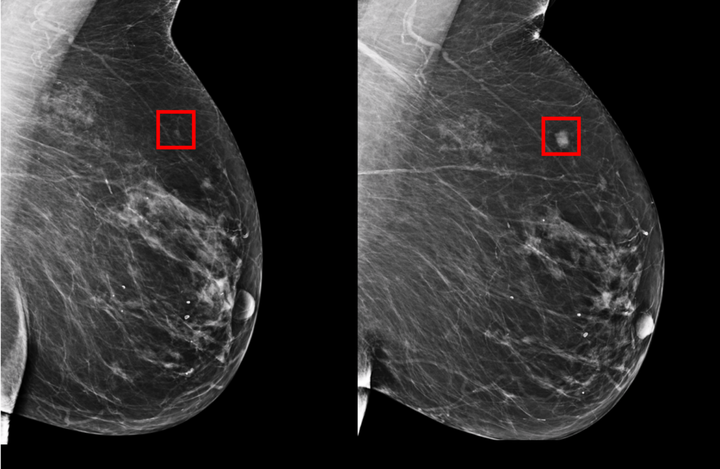Quick Summary
A recent study from Washington University School of Medicine in St. Louis has introduced a new approach to analyzing mammograms, which significantly enhances the accuracy of predicting breast cancer risk over the next five years. This method utilizes up to three years of prior mammograms, identifying high-risk individuals 2.3 times more effectively than traditional questionnaire-based assessments that rely solely on clinical risk factors like age, race, and family history.
Key Findings
- The study was published on December 5 in JCO Clinical Cancer Informatics.
- Senior author Graham A. Colditz emphasized the importance of early detection for successful treatment outcomes.
- The new prediction method may also aid in prevention research, helping high-risk women reduce their chances of developing breast cancer.
Research Methodology
- The research team developed an artificial intelligence algorithm capable of detecting subtle changes in mammograms that are often overlooked by human eyes.
- Key factors analyzed include breast density, texture, calcification, and asymmetry in breast images.
- The algorithm was trained on mammograms from over 10,000 women screened at Siteman Cancer Center between 2008 and 2012, with follow-ups extending to 2020.
Risk Prediction Insights
- Women classified in the high-risk group were found to be 21 times more likely to be diagnosed with breast cancer within five years compared to those in the low-risk group.
- In the high-risk category, 53 out of every 1,000 women screened developed breast cancer, while only 2.6 per 1,000 in the low-risk group were diagnosed.
- The traditional questionnaire method misclassified 30 breast cancer cases that the new algorithm successfully identified.
Diversity and Representation
- The study included a diverse population, with 27% of participants being Black women, ensuring the algorithm’s accuracy across different racial groups.
- Ongoing research aims to test the algorithm’s effectiveness among women from various racial and ethnic backgrounds, including Asian and Native American populations.
Future Directions
- The researchers are collaborating with WashU’s Office of Technology Management to patent and license the new method for widespread use in mammogram screenings.
- Plans are underway to establish a start-up company focused on this technology.
Conclusion
This innovative approach to mammogram analysis represents a significant advancement in breast cancer risk prediction, potentially leading to earlier detection and improved patient outcomes. Continued research and validation will be crucial for its implementation in clinical settings.
